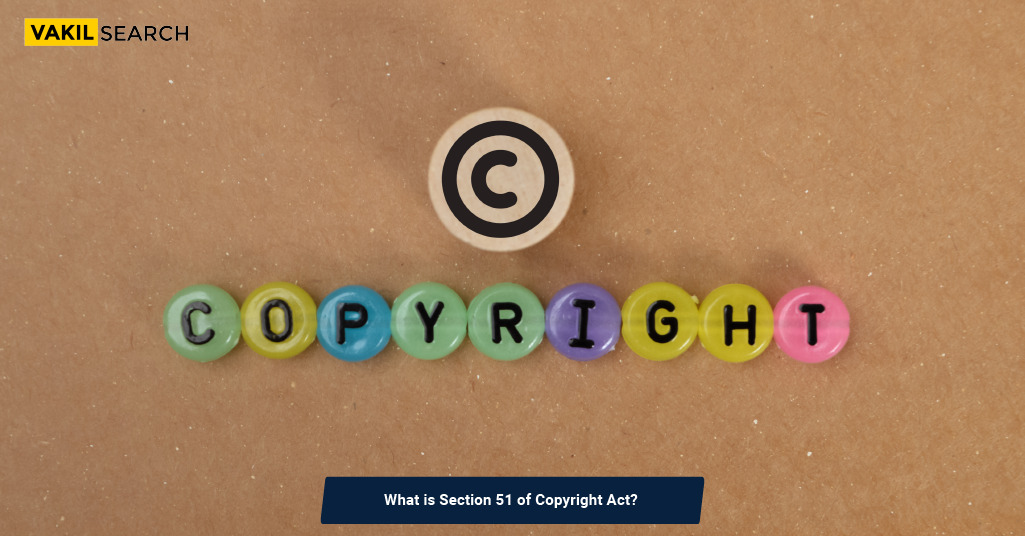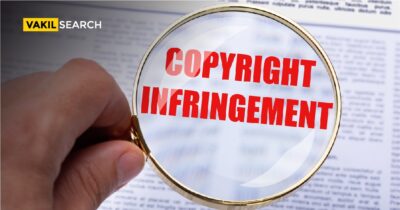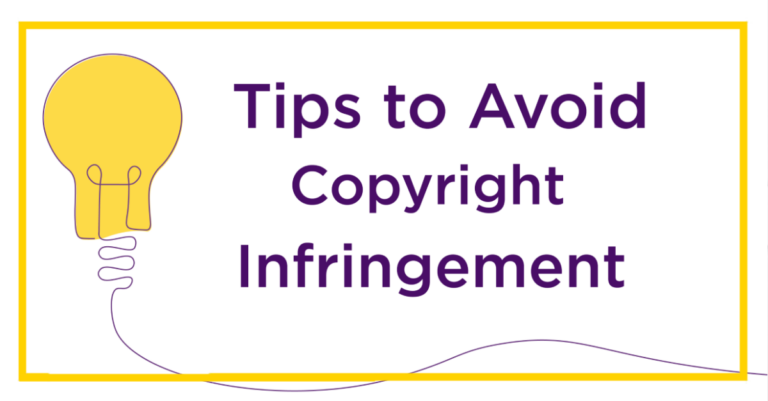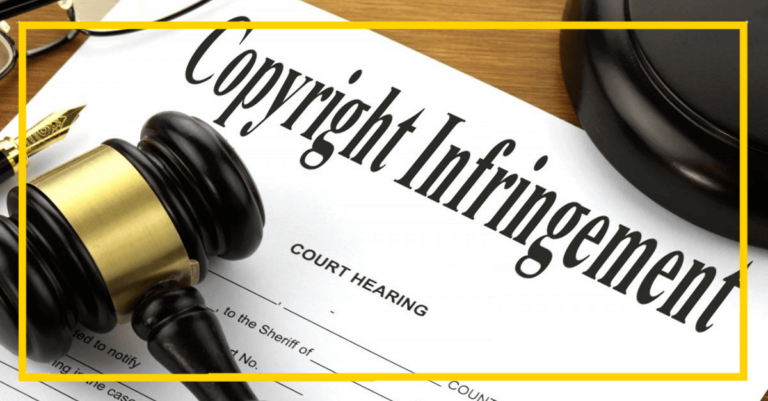Section 51 of the Copyright Act explained in layman's terms. Learn how Vakilsearch empowers creators to protect their intellectual property rights.
Introduction
Section 51 of the Copyright Act is a crucial provision that serves as the backbone of copyright protection in India. While its legal wording may seem daunting, this article aims to demystify Section 51 by breaking it down into understandable terms. We’ll delve into its historical context, real-world examples, and its significance in safeguarding creative works.
Understanding Section 51: The Legal Wording
Let’s begin by examining the legal wording of Section 51 of the Copyright Act of India:
“51. When copyright infringed.— Copyright in a work shall be deemed to be infringed—
(a) When any person, without a license granted by the owner of the copyright or the Registrar of Copyrights under this Act or in contravention of the conditions of a license so granted or of any condition imposed by a competent authority under this Act—
(i) Does anything, the exclusive right to do which is by this Act conferred upon the owner of the copyright, or
(ii) Permits for profit any place to be used for the communication of the work to the public where such communication constitutes an infringement of the copyright in the work, unless he was not aware and had no reasonable ground for believing that such communication to the public would be an infringement of copyright; or
(b) When any person—
(i) makes for sale or hire, or sells or lets for hire, or by way of trade displays or offers for sale or hire, or
(ii) distributes either for the purpose of trade or to such an extent as to affect prejudicially the owner of the copyright, or
(iii) by way of trade exhibits in public, or
(iv) imports into India, any infringing copies of the work:
Provided that nothing in sub-clause (iv) shall apply to the import of one copy of any work for the private and domestic use of the importer.”
Breaking it Down: Layman’s Terms
Now, let’s break down Section 51 into layman’s terms:
Section 51 deals with copyright infringement in India, outlining situations where someone can be held responsible for violating the rights of a copyright owner. These situations include:
Unauthorised Use of Copyrighted Material:
If someone uses a copyrighted work without permission, or in a way that goes against the conditions set by the copyright owner or the Registrar of Copyrights, it’s considered copyright infringement. For example, using a song in a video without obtaining the necessary rights or licenses is an infringement.
If someone allows others to use a place for public performances or displays of copyrighted works, and this usage violates copyright, they can also be held responsible, unless they genuinely didn’t know it would infringe copyrights.
Unauthorised Distribution and Sale:
Making copies of a copyrighted work for sale or hire without permission, selling or renting them, or displaying them for sale or rent as part of a business is considered infringement.
- Distributing copyrighted material either as part of a business or to an extent that harms the copyright owner is also an infringement.
- Publicly exhibiting copyrighted works as part of a trade can lead to copyright infringement claims.
- Importing infringing copies of copyrighted works into India is also a violation of copyright, with a limited exception for personal, non-commercial use.
Historical Context: Protecting Creativity
To understand the significance of Section 51, we must consider its historical context. Copyright laws exist to encourage creativity and protect the rights of creators. Before these laws, creators had little control over how their work was used, which often resulted in exploitation.
India’s Copyright Act, which Section 51 is a part of, was enacted in 1957 and has since undergone revisions to adapt to changing times and technological advancements. This law aims to strike a balance between protecting creators’ rights and allowing society to benefit from their works.
Real-World Examples
- Music Piracy: One of the most common forms of copyright infringement is music piracy. When individuals download or share copyrighted songs without permission, they are violating Section 51. Famous cases include the legal action taken against websites distributing pirated music.
- Movie Piracy: Illegal distribution and sale of movies, either in physical copies or through online platforms, are also clear examples of copyright infringement. Legal actions against torrent websites and sellers of pirated DVDs fall under Section 51.
- Plagiarism in Literature: Authors and publishers have used Section 51 to protect their literary works against plagiarism and unauthorised reproductions. High-profile cases have demonstrated the importance of copyright enforcement in literature.
- Software Copyright Infringement: Software developers rely on copyright protection to safeguard their creations. Cases of unauthorised software copying and distribution have been dealt with under Section 51.
Significance of Section 51
Section 51 is the legal backbone that ensures creators’ rights are respected and protected. It acts as a deterrent to potential infringers and provides legal recourse to copyright owners when their works are unlawfully used or distributed.
This provision plays a vital role in fostering creativity, innovation, and the growth of creative industries in India. Without it, creators would be hesitant to invest their time and resources in developing new works, knowing that their efforts might be exploited without consequence.
Conclusion
Section 51 of the Copyright Act of India stands as a fundamental provision crucial for safeguarding the rights of creators and copyright owners. Its intricate legal language may seem daunting, but it serves the vital purpose of defining copyright infringement and outlining the responsibilities of individuals and businesses.
We are dedicated to assisting creators and copyright owners in navigating the complexities of copyright law, including Section 51. Our mission is to ensure that intellectual property rights are not only protected but also enforced effectively.
By leveraging our expertise and resources, individuals and businesses can better understand Section 51 and its significance in the broader legal framework. Through services, consultations, and access to comprehensive legal resources, Vakilsearch plays a crucial role in fostering creativity, promoting innovation, and safeguarding intellectual property in India. We are committed to empowering our clients to navigate the intricate world of copyright law, allowing them to focus on what they do best – creating and sharing their valuable works with the world.









